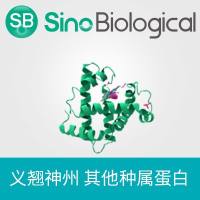Choice of Polymer Matrix, Its Functionalization and Estimation of Functional Group Density for Preparation of Biochips
互联网
456
Oligonucleotide microarray has become an important and powerful tool for various genomic analyses, where, unlike conventional methods, one can identify simultaneously a large number of targets in a given sample. Postsynthesis immobilization, the most widely used method, involves the noncovalent and covalent fixing of suitably modified oligonucleotides on the solid supports. Among the various functional groups aminoalkyl, hydroxyalkyl, mercaptoalkyl, aldehyde, epoxy, and carboxyl the most frequently used functional groups on the polymeric surfaces. Because glass and polypropylene, the most widely used materials, are nonporous in nature, the functional groups density on the surface remains very low. In order to know the exact concentration of a ligand to be immobilized, it is essential to estimate the accessible functional groups on these surfaces. For this purpose, sensitive methods are required to estimate exact density of available functional groups on the surfaces. Apart from physical methods, a number of sensitive chemical methods, by making use of high extinction coefficient of 4,4′-dimethoxytrityl cation (ε 498 = 70,000 Lmol−1 1cm−1 ), have been reported to estimate accessible functional groups on the glass based polymer supports. In this chapter, use of these reagents for spectrophotometric determination of functional group density on glass microslides and polypropylene film has been discussed.









